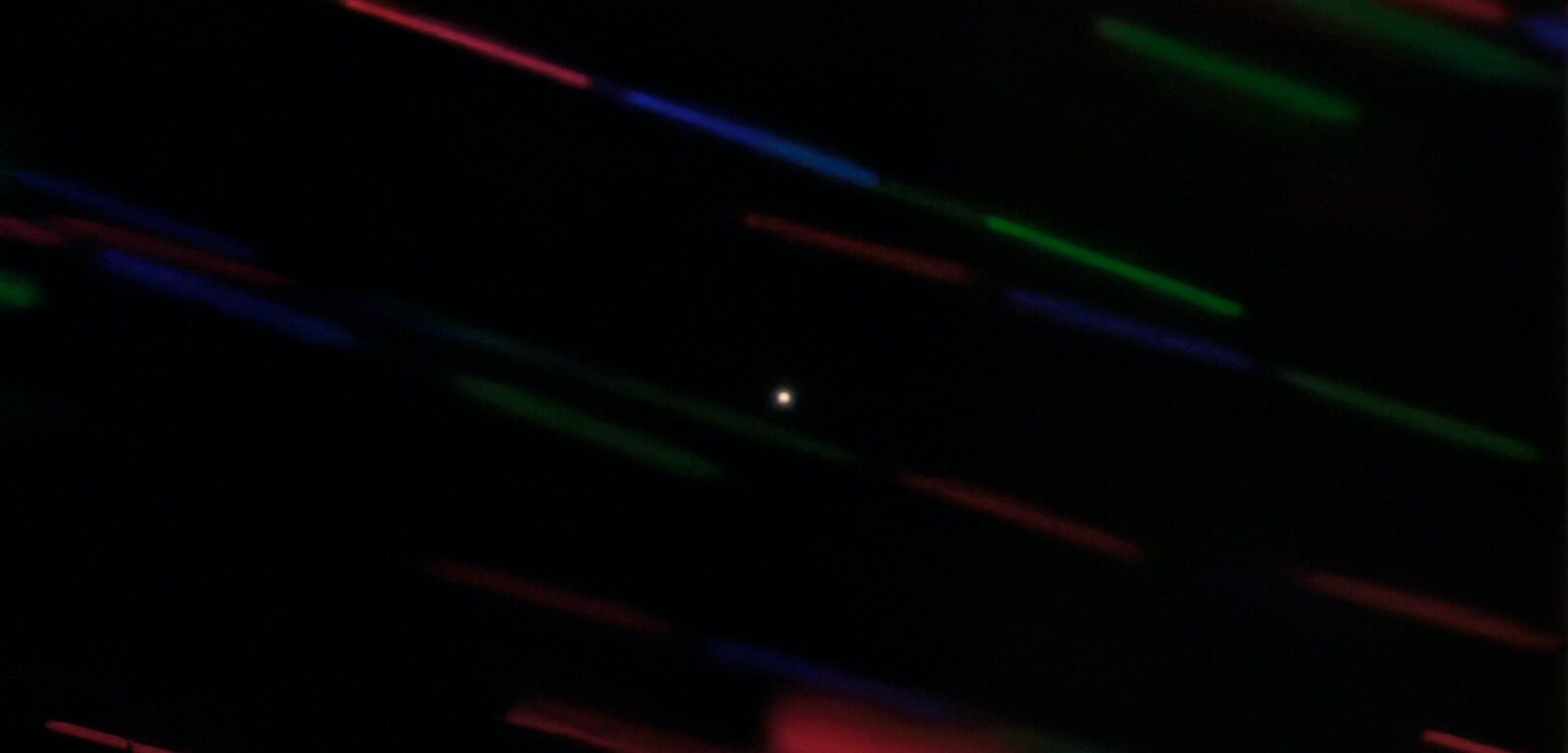Queen’s-led collaboration confirms discovery of new minimoons in next decade
A Queen’s University Belfast-led global collaboration which detected only the second minimoon ever recorded earlier this year has confirmed that many more will be found in the next decade.

The findings of the study, which described the minimoon, a free-floating silicate boulder named 2020 CD3, have been published in the Astronomical Journal today (Monday November 23).
Minimoons are small asteroids temporarily captured in Earth’s orbit before they are flung back out into space.
Grigori Fedorets, a postdoctoral research fellow from the Astrophysics Research Centre at Queen’s who led the multi-telescope observational campaign, described the sighting of the minimoon on 15 February as “a rare treat for astronomers”.
2020 CD3 was discovered on February 15 2020 with a 1.5m telescope by Kacper Wierzchos and Teddy Pruyne on the Catalina Sky Survey, operating out of the University of Arizona’s Lunar and Planetary Laboratory.
As it was such a rare object, a global effort led by the astronomer from Queen’s was quickly launched to study it and compare it to findings recorded on the only other minimoon, to confirm its status.
It’s thought that 2020 CD3 could have entered the Earth’s orbit several years ago but it was only visible by powerful telescopes on its way out of the Earth-Moon system, which it left on March 7.
Mr Fedorets explained: “The discovery in February was significant as the only other minimoon astronomers have documented was recorded back in 2006, spending around a year on an orbit around the Earth. We could not miss such a rare opportunity!
“Asteroid 2020 CD3 was a companion to the Earth for a longer time than the previous minimoon and we were able to calculate its orbit and study it in enough depth to derive its physical properties, and rotational period, proving that it was a natural and not an artificial body such as a dead satellite.
“Several powerful telescopes from around the world, including those in Hawaii and La Palma as well as the one Arizona were used for the study.
“Through observations our group confirmed that it is a silicate shard of a larger body. We also calculated that it was about 13,000 km from the Earth at its closest approach and somewhere between 1m and 1.5m meters in diameter, about the size of a small car.”
The research study, which involved 23 researchers from 14 academic institutions in seven countries, has confirmed it’s going to be an interesting decade for astronomers with more minimoons set to be discovered in the next few years.
Mr Fedorets added: “According to theoretical predictions we had expected to discover a new minimoon around a decade after the previous one and this wasn’t far off.
“Updated calculations from our latest research estimate that we will be able to find several minimoons in the next decade. Projects like the upcoming Vera C. Rubin Observatory’s Legacy Survey of Space and Time, which will use the world’s largest digital camera will help astronomers to record them and learn more about the solar system.”
The Queen’s scientist speculated that a space travel expedition to a minimoon is possible within the next decade.
He added: “Perhaps the most exciting thing about minimoons is that they come very close to the Earth and spend a significant amount of time in its vicinity.
“That would make them outstanding targets for space missions. Minimoons effectively bring the asteroid belt close to the Earth so that, in astronomical terms, we can reach out and touch it and potentially collect samples.
“That could give us amazing insights into these one to 10 metre objects which we know so little about because up until now they have been so rare.
“This could help us learn about how asteroids and meteorites link, which is one of the fundamental questions in planetology.”
The paper is available online at https://arxiv.org/abs/2011.10380
Media
Media enquiries to comms.office@qub.ac.uk